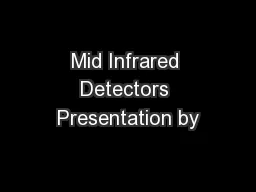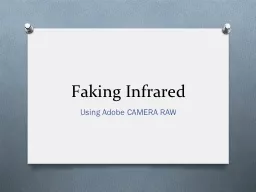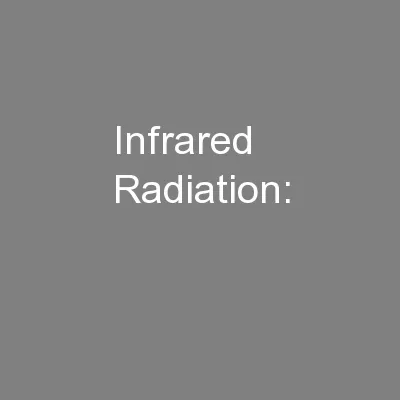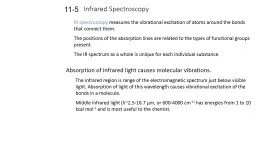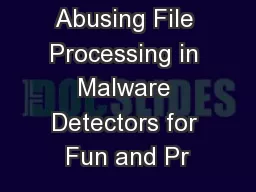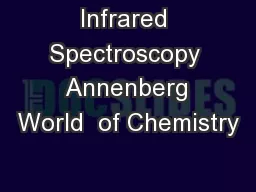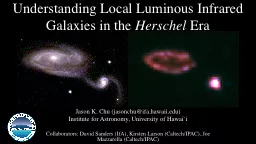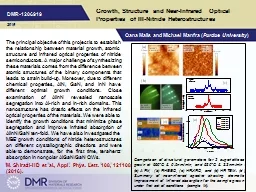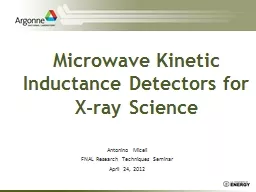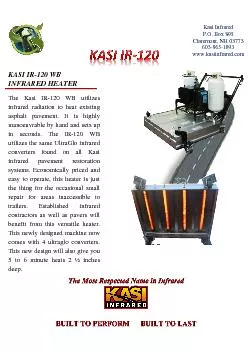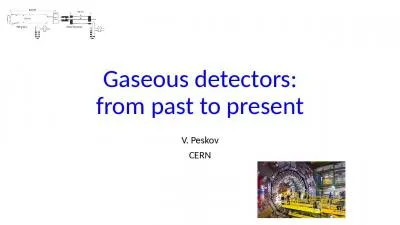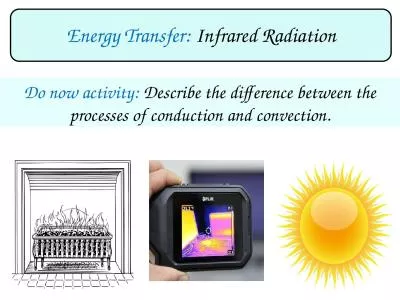PPT-Mid Infrared Detectors Presentation by
Author : myesha-ticknor | Published Date : 2018-11-04
Ruqayyah Askar PHYS 689 April 27 2018 Outline Introduction General principles Historical overview Types of IR detectors Current IR technologies Parameters of
Presentation Embed Code
Download Presentation
Download Presentation The PPT/PDF document "Mid Infrared Detectors Presentation by" is the property of its rightful owner. Permission is granted to download and print the materials on this website for personal, non-commercial use only, and to display it on your personal computer provided you do not modify the materials and that you retain all copyright notices contained in the materials. By downloading content from our website, you accept the terms of this agreement.
Mid Infrared Detectors Presentation by: Transcript
Download Rules Of Document
"Mid Infrared Detectors Presentation by"The content belongs to its owner. You may download and print it for personal use, without modification, and keep all copyright notices. By downloading, you agree to these terms.
Related Documents

